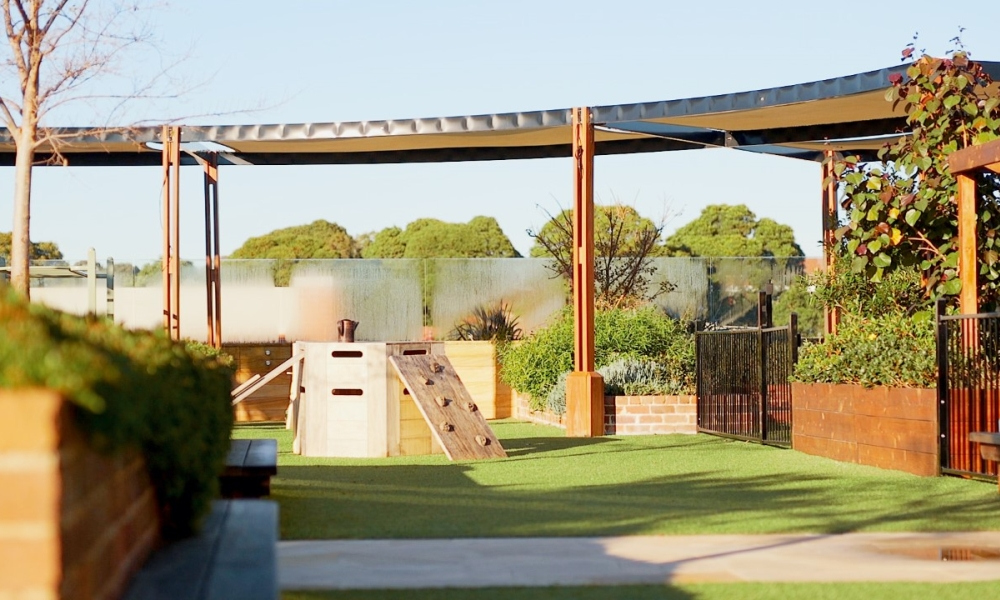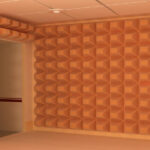Biophilic design is a concept that integrates nature into the built environment. It is a design approach that aims to improve the well-being and productivity of individuals by incorporating natural elements into the design of indoor spaces. Biophilic design has gained popularity in recent years as people recognize the importance of the connection between humans and nature. This article will explore the impact of biophilic design on well-being and productivity.
The Connection between Humans and Nature
Humans have an innate connection with nature. It is a connection that has been present throughout human evolution. However, in modern times, people are spending more time indoors and are becoming disconnected from nature. This disconnect can have negative effects on our well-being and productivity.
Research has shown that exposure to nature can have a positive impact on our mental and physical health. It can reduce stress levels, improve mood, and increase creativity. Biophilic design aims to bring nature indoors to create a more natural and stress-free environment.
The Elements of Biophilic Design
Biophilic design incorporates a variety of natural elements into the built environment. These elements can include natural light, plants, water features, natural materials, and views of nature. By incorporating these elements, biophilic design creates a more natural and calming environment.
Natural light is an essential element of biophilic design. It has been proven to improve mood, productivity, and overall well-being. Natural light can be incorporated into a space through the use of windows, skylights, and light tubes.
Plants are another key element of biophilic design. They not only add an aesthetic element to a space but also provide numerous health benefits. Plants can purify the air, reduce stress levels, and improve cognitive function.
Water features, such as fountains or indoor ponds, can also be incorporated into biophilic design. The sound of running water can be calming and can help reduce stress levels.
Natural materials, such as wood or stone, can add a natural element to a space. They are also more sustainable and eco-friendly than synthetic materials.
The Impact of Biophilic Design on Well-being and Productivity
Biophilic design has been shown to have numerous positive effects on well-being and productivity. Studies have shown that exposure to nature can reduce stress levels and improve mood.
One study found that workers in an office with plants had a 15% higher productivity rate than those in an office without plants. Another study found that exposure to natural light in the workplace can increase productivity by 18%.
Biophilic design can also have positive effects on our physical health. Plants can purify the air and reduce the amount of harmful pollutants in the air. This can lead to a reduction in respiratory problems and allergies.
Biophilic design is a design approach that aims to bring nature into the built environment. By incorporating natural elements, such as plants, natural light, and water features, biophilic design creates a more natural and calming environment. This design approach has been shown to have numerous positive effects on well-being and productivity. It can reduce stress levels, improve mood, and increase productivity. Biophilic design is a design approach that is gaining popularity as people recognize the importance of the connection between humans and nature.



